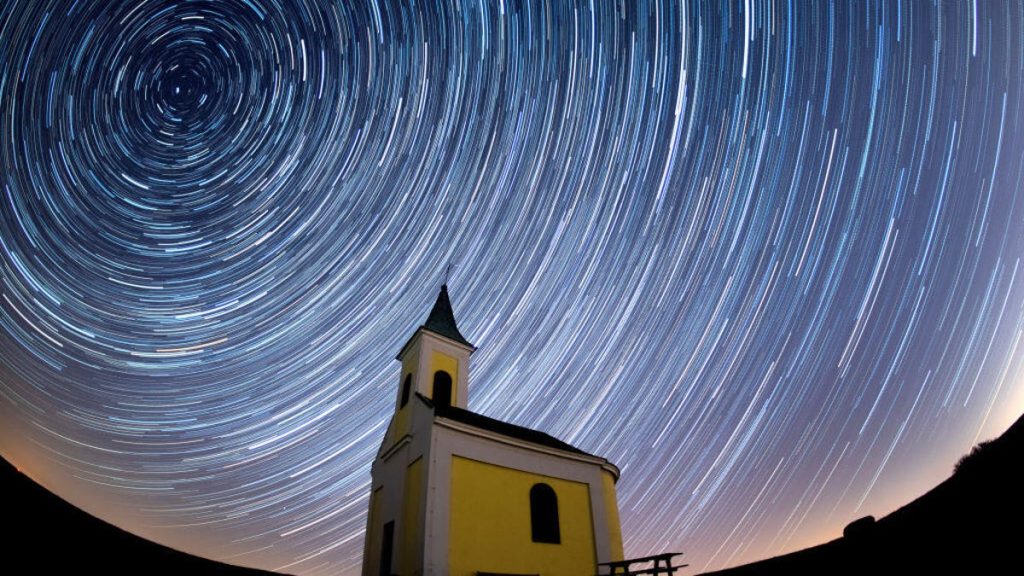The year 2025 promises a celestial spectacle with a full calendar of meteor showers. These annual events offer stargazing enthusiasts ample opportunities to witness nature’s fireworks. Planning for these cosmic displays can be done well in advance, allowing ample time to secure optimal viewing locations and prepare for an unforgettable experience. From the Quadrantids in January to the Ursids in December, the night sky will be ablaze with shooting stars throughout the year.
The frequency of meteor encounters is underscored by scientific studies. Research suggests that approximately 17,000 meteors enter Earth’s atmosphere annually. While most burn up and transform into dust particles, the cumulative weight of this extraterrestrial debris is significant. NASA estimates that roughly 48.5 tons of meteor material reaches our planet each year, equating to a meteor event approximately every two minutes. While most go unnoticed, dedicated observers have a high probability of witnessing these fleeting celestial visitors.
Maximizing the chances of observing meteor showers requires strategic planning. Light pollution significantly hinders visibility, making it crucial to seek out dark locations far from urban centers. Even suburban areas can diminish the spectacle, emphasizing the importance of venturing into rural environments with minimal light interference. Once situated in a dark location, identifying the radiant, the point from which the meteors appear to originate, is key to focusing your observation. The moon’s phase can also impact visibility; a bright moon can wash out fainter meteors.
The meteor shower calendar for 2025 is packed with events, each with its unique characteristics. The year begins and ends with the Quadrantids, a shower known for its high meteor rate of up to 120 meteors per hour. This shower originates from the asteroid 2003 EH, a potential extinct comet. Other notable showers include the Eta Aquariids, linked to Halley’s Comet, and the Perseids, a consistently active summer shower. The Geminids, another prominent shower, boasts bright, slow-moving meteors ideal for viewing even in mildly light-polluted areas. Interspersed throughout the year are several minor showers, such as the Lyrids, known for bright fireballs, and the Draconids, a short-lived but intriguing spectacle.
Each meteor shower is associated with a specific radiant, often a constellation. For example, the Perseids radiate from the constellation Perseus, while the Geminids originate from Gemini. Knowing the radiant helps observers pinpoint the area of the sky to watch. The timing of the showers also varies. Some, like the Quadrantids, have a short peak period, while others, like the Southern Taurids, span several weeks. This variety ensures that there’s a meteor shower for everyone, regardless of their schedule or location.
The Southern and Northern Taurids, while both originating from the 2P/Encke comet, peak at different times and are often treated as separate showers. Similarly, the Eta Aquariids and Orionids, both products of Halley’s Comet, offer viewing opportunities in different seasons. The Alpha Capricornids and Southern delta Aquariids share a peak period, providing a double feature for observers. This intricate interplay of celestial mechanics and timing creates a diverse and dynamic year for meteor enthusiasts.
Observing meteor showers is a rewarding experience that connects us to the vastness of space. With a little planning and patience, anyone can witness these captivating celestial displays. The 2025 meteor shower calendar offers a wealth of opportunities to marvel at nature’s light show and deepen our appreciation for the cosmos. From the frequent major showers to the less intense but equally fascinating minor showers, 2025 promises a year of celestial wonders for those who take the time to look up.

